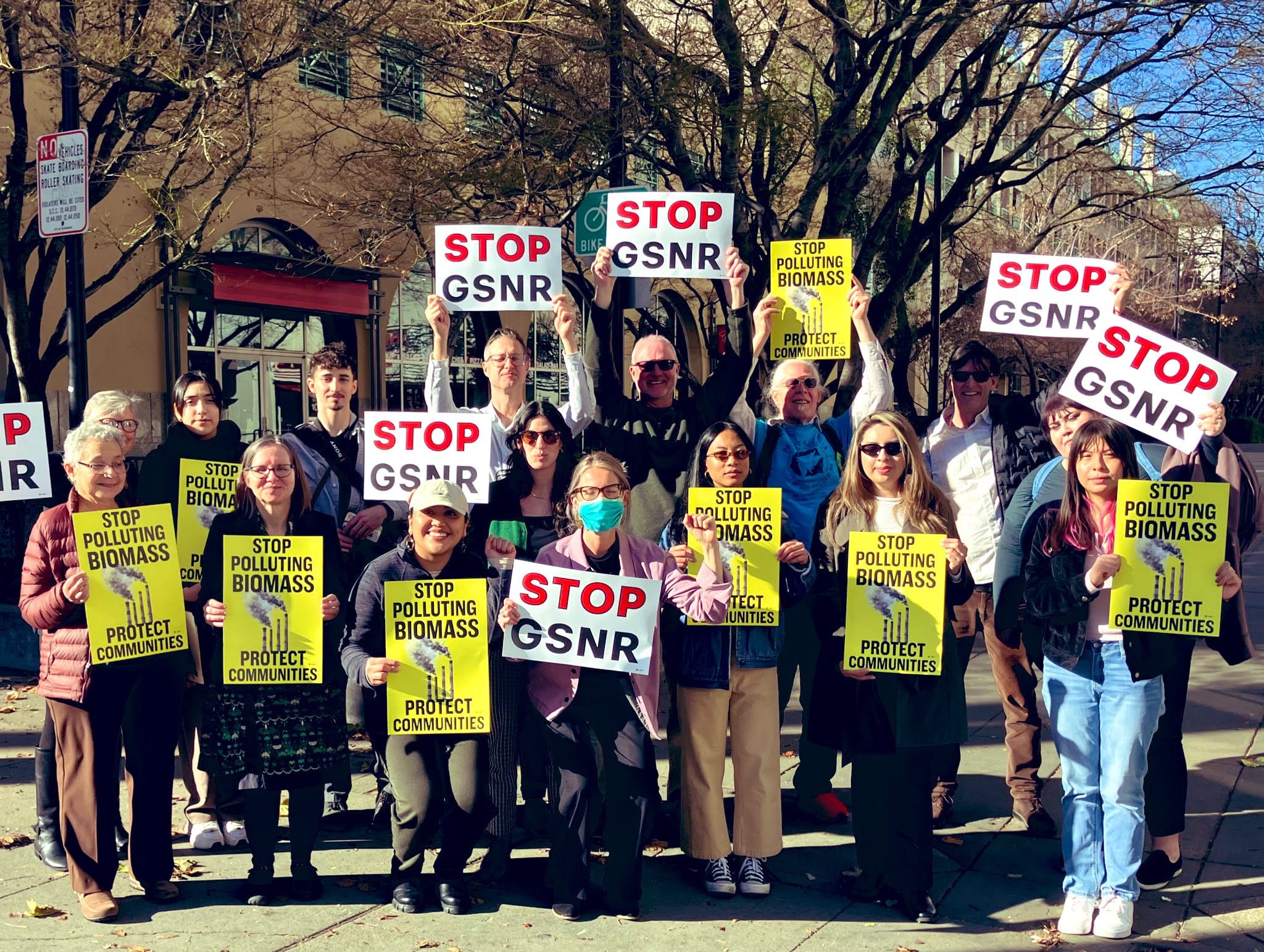BECCS is booming-but the reputational, regulatory, and operational risks are, too
Corporates-led by tech giants-are locking in bioenergy with carbon capture and storage (BECCS) to hit net‑zero, because it’s cheaper than direct air capture and can retrofit existing plants. But with nearly 70% of announced carbon removal contracts leaning on BECCS, the concentration risk is real: incomplete carbon accounting, supply‑chain emissions, local air pollution, and incentives that could drive unsustainable biomass sourcing threaten credibility and compliance, not just climate targets. MIT Technology Review reporting underscores these pitfalls—treat BECCS as a tactical tool, not a silver bullet.

Executive Summary
- Portfolio risk: Overreliance on BECCS can undermine net‑zero claims if lifecycle emissions, land‑use change, or leakage are miscounted—inviting scrutiny under CSRD/SEC climate disclosures and stakeholder backlash.
- License to operate: Retrofitting legacy facilities may entrench co‑pollutants (PM, SO₂, CO), escalating community and regulatory risks even if CO₂ is captured.
- Supply integrity: Turning “waste” into revenue can inflate demand, spur unsustainable harvesting, and crowd out higher‑value uses—devaluing credits and contracts.
Market Context: Why this shifts the competitive landscape
BECCS dominates early removal deal flow due to lower cost and retrofit pathways, with buyers like Microsoft signaling demand. However, the same issues that plagued offsets—murky baselines, questionable additionality, and double counting—are resurfacing. Regulators are tightening corporate climate claims; investors and NGOs now expect cradle‑to‑grave lifecycle accounting, durable storage, and community protections. Early buyers risk adverse headlines and write‑downs if projects fail MRV or social license tests—while disciplined buyers can secure scarce high‑integrity supply and cost advantage before standards harden.

Opportunity Analysis: Where value is created (or destroyed)
- Cost advantage with conditions: BECCS can deliver cheaper, durable removals versus DAC, but only if contracts cover full lifecycle emissions (harvest, transport, processing) and land‑use change, and if storage permanence/liability is clear.
- Access to incentives: In markets like the US, policies (e.g., 45Q) improve project economics—buyers can leverage this to negotiate price and durability, provided MRV is verifiable.
- Supply chain leverage: Establishing a feedstock hierarchy (true waste and residues first; no induced harvesting) protects against reputational and regulatory blowback and secures long‑term, bankable supply.
- Differentiation via integrity: Companies that set stricter guardrails than peers—aligned with GHG Protocol Land Sector & Removals guidance and SBTi’s residual-emissions focus—will be more resilient to audits and evolving rules.
Action Items: Moves to make this quarter
- Rebalance your net‑zero plan: Cap BECCS (and all removals) to neutralize only residual emissions; prioritize direct abatement (efficiency, electrification, clean power) for near‑term targets.
- Institute a BECCS procurement standard:
- Require ISO‑grade lifecycle assessments covering harvest, transport, processing, and land‑use change; disclose co‑pollutant profiles and local air‑quality plans.
- Demand MRV with third‑party verification, site‑level monitoring, and delivery‑based payments; include under‑delivery penalties, buffer pools, and permanence/liability clauses.
- Mandate a feedstock hierarchy proving “waste-of-last-resort” and no displacement of higher‑value uses (e.g., building materials, soil amendments).
- Diversify your removal portfolio: Cap any single pathway (e.g., BECCS) at a defined percentage; pilot a mix of engineered durable options (e.g., DAC, mineralization, verified biochar) to hedge policy and supply risks.
- Protect social license: Embed environmental justice covenants—continuous air monitoring, community benefits agreements, and grievance mechanisms—into contracts with retrofit sites.
- Upgrade governance and disclosure: Establish a cross‑functional removals review board (sustainability, legal, procurement, risk) and align disclosures with CSRD/SEC expectations to avoid greenwashing claims.
Bottom line: BECCS can be a cost‑effective piece of the net‑zero puzzle, but only with rigorous accounting, strict sourcing rules, and community safeguards. Treat integrity as a procurement spec—not a press release.




